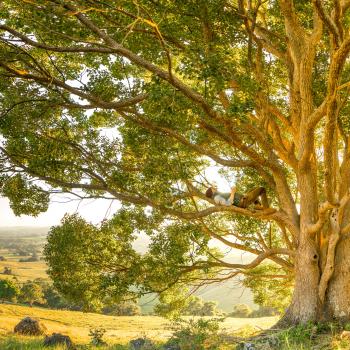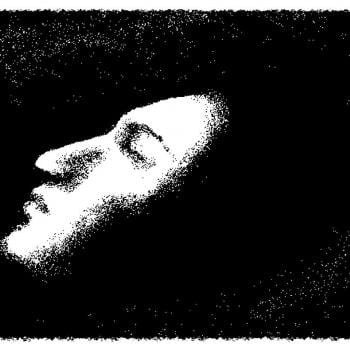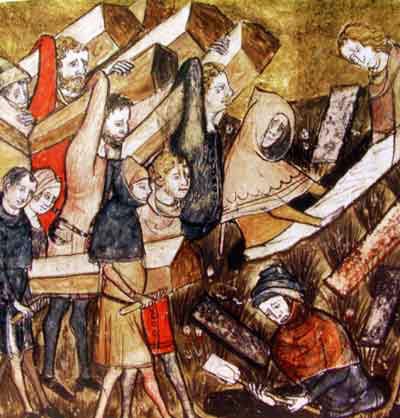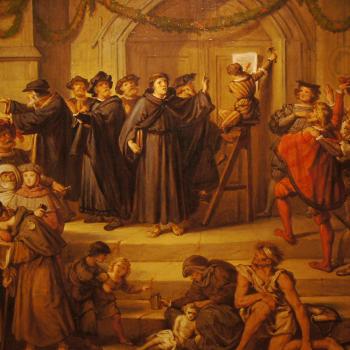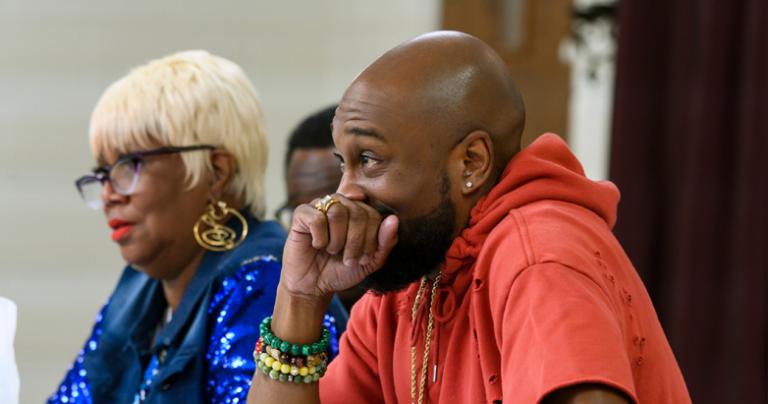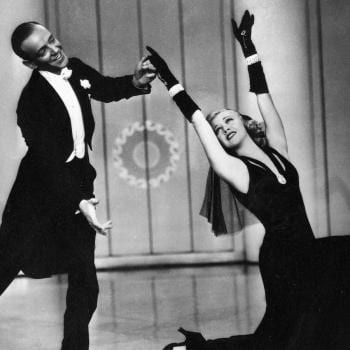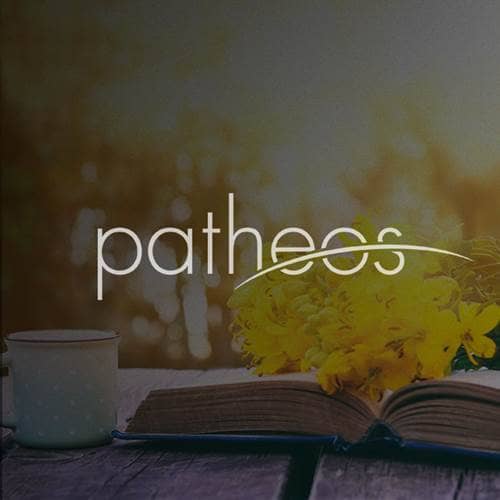- Trending:
- Pope Leo Xiv
- |
- Israel
- |
- Trump
- |
- Social Justice
- |
- Peace
- |
- Love

RELIGION LIBRARY
New Age
Founders
Unlike most other religions, the New Age movement has no individuals who have clearly functioned as founders, and few long-term leaders. Because the New Age lacks a central theology, institution, or a single historical antecedent, a number of individuals might be identified as possible founders. To further complicate matters, most New Age practitioners believe that the tenets of the New Age are perennial and accessible to any person upon serious self-reflection. For this reason, few New Age practitioners understand themselves as part of an historical tradition founded by particular individuals.
The leaders of the 19th-century new religions from which the New Age has drawn most of its theological inspiration provides one set of potential founders of the New Age. New Thought’s founder Emma Curtis Hopkins (1849-1925), Spiritualist leader Andrew Jackson Davis (1826-1910), and Theosophy founders H.P. Blavatsky (1831-1891) and Henry Steele Olcott (1832-1907) each authored important writings that contributed to the eventual New Age worldview. Similarly, the Asian gurus who introduced Hinduism and Buddhism to America functioned as important bridges between the traditional Asian and New Age understanding of such important concepts as karma, reincarnation, yoga, and meditation. The Hindu monks Swami Vivekananda (1863-1902) and Swami Paramahansa Yogananada (1893-1952) and Buddhist leaders D.T. Suzuki (1870-1966) and Chögyam Trungpa (1939-1987) instrumentally brought these concepts to a broader American audience as well as specifically New Age communities of thought. However, none of these individuals directly founded the New Age, and only Chögyam Trungpa lived to see its birth.
During the influential era of the 1970s, when the New Age first emerged, the most notable New Age leaders channeled higher powers and published these messages as the teachings of these powers. Scholars who assume a non-supernaturalistic reading of history have trouble recognizing beings such as Seth, the archangel Gabriel, Ramtha, or the spiritual essence of a transcendental Christ as founders of the New Age movement. Yet because the humans who channel these beings dispute any notion of human authorship, it also makes little sense to speak of the channelers as founders of the New Age. In fact, many have found that after publishing their channeled messages, other New Age practitioners also begin channeling the higher powers, with the result that multiple Seths, Ramthas, and Christs speak for the New Age.
Best-selling New Age authors represent another possible set of New Age founders. One might posit Baba Ram Das (Richard Alpert, 1931-), psychedelic experimentalist-cum-Hindu guru, as a founder of New Age, since many New Age practitioners consider his Be Here Now (1971) and Grist for the Mill (1977) indispensable parts of any New Age reading list. Physicist and proponent of New Age science Fritjof Capra (1939-) similarly fits within this category, since his Tao of Physics (1975) and The Turning Point (1982) not only achieved best-selling status among New Age practitioners, but also spawned a host of similar books that looked to quantum physics as a source for mystical truth.
Finally, one might posit that popularizers such as Shirley MacLaine (1934-) or Dr. Deepak Chopra (1946-) represent founders of the New Age movement. Though neither originated any new aspects of New Age thought, both propagated New Age concepts to a much broader audience. In the case of MacLaine, her Out on a Limb (1984 book; 1987 television series) brought the New Age understanding of reincarnation and past-life awareness to a wide American and British audience. Chopra did the same in terms of New Age healing with this Quantum Healing (1989), though his specific sectarian identity as a member of the Transcendental Meditation movement makes him an ironic spokesperson for the broader New Age.
Study Questions:
1. Why is it difficult to identify founders within the New Age movement?
2. What was the role of Asian religions within the New Age movement?
3. Why are MacLaine and Chopra often considered the founders?


